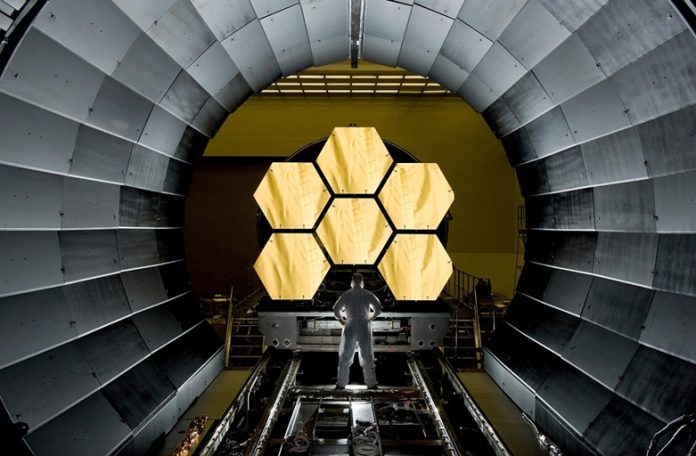In this rapidly digitalizing era of technologies, marketers often race to get a competitive advantage with better versions, smarter products, and brighter ideas. Information technology is a contribution of this era that defines how people and businesses are turning toward computer usage.
The consumers of the contemporary age continue to get harder to impress as each technology innovation gets outshined a little too quickly by another; it’s a feat to become a trend in technology where the possibilities are unlimited.
Here are the Latest Technology Trends in Information Technology in 2024
Blockchain Technology
It is a distributed ledger system that can revolutionize IT and cybersecurity sectors. Blockchain creates blocks of information related to any asset transaction digitally and connects them with a chain. The technology creates a network to store the information between the seller and the buyer of an asset.
The catch of this technology is the blocks it creates are immutable or unchangeable. This means once the blocks of information are created, no one can modify, add, or delete any details without consent of the network participants.
The feature of immutability makes blockchain one of the mechanisms where data breaches are nearly impossible. There are different types of blockchains such as public, private, consortium, and hybrid. Each category has different methods to manage and distribute information to the concerned people.
Blockchain is doubtlessly one of the latest technology trends in IT that has been a subject of discussion for a couple of years. One of the examples of this mechanism is cryptocurrency.
Internet of Things (IoT)
The Internet of Things or IoT integrates deep learning and big data management to offer resolutions to proposed challenges. There are several gadgets and tools available with IoT support that people utilize for day-to-day usage.
As a contribution to the technological wave in the last decade, IoT devices aim to simplify complex tasks by offering human-like solutions. Nevertheless, there are many challenges to the appropriate implementation and usage of such devices. Due to big data integration, there are high chances of latency in terms of processing data and providing solutions. However, IoT devices use high bandwidth. Higher bandwidth offers more speed and limited latency.
Alongside that, with the advent of high-speed networks like 5G technology, IoT tools have achieved an extra height. It simply processes data, identifies patterns, and offers solutions to the queries.
IoT undoubtedly is a connectivity milestone that has redefined IT services. It is being leveraged in cross-domain such as healthcare, construction, education, lifestyle, and others. Smart homes and smart cities are designed with the support of IoT devices.
With the intention of making computers faster than ever, scientists and developers associated computer science, physics, mathematics, and statistics to formulate quantum computing methods.
It is a computing system that uses the abilities of quantum physics and mechanics to solve complex and extensive queries within seconds. However, the computing mechanism is not yet fully operational. But we can expect its total implementation in the coming years alongside solidifying security measures which have been a big concern for this type of computing process.
There are five main components of quantum computing:
- Quantum data plane
- Control and measurement plane
- Control processor plane and host processor
- Qubit technologies
- Trapped ION qubits
Quantum computing can bring several advantages including faster commercial operation, quicker healthcare services, and enhanced user experience. Humans will be able to solve most critical tasks that usually seem impossible with this technology.
The debate over AI takeover among world leaders has mostly been a push and pull, but the fact remains that AI is continuously making great strides in providing businesses with more efficient, cost-effective, and reliable assistance. Machine learning (ML) is another segment of AI where machines track patterns to tackle challenges more humanly.
Artificial intelligence (AI) is, after all, at the frontier of digitalization, and consumer goods providers are rapidly integrating AI into their services.
AI-integrated marketing trend:
Tech giants such as Amazon, Microsoft, Google, etc., have integrated AI and ML for better business outcomes. Many organizations are offering AI-enabled features as a service like Microsoft’s generative AI Bing.
For example, the AI features in e-commerce usually incorporate machine learning to track patterns and make more accurate product recommendations to shoppers and online grocery global retailers.
Similarly, Ocado makes CRM more convenient and efficient by using deep learning to analyze and respond to customer feedback and queries.
Concluding Remarks on the Latest Technology Trends in IT:
The technology trend will continue to become a mix of new and innovative mechanisms, such as blockchain technology in asset transaction and cybersecurity, and AI and ML for better problem-solving methods. These are the latest technology trends in IT to look out for in 2024. Nevertheless, it is also necessary to formulate stringent regulatory guidelines while following these trends. Moreover, distributing the details related to the formation of new regulations to control the exponential use of information technology.
Recommended For You:
10 Facts on Technologies Driving the Digital Economy
10 Best Inventions in the Last Decade That Changed the Technology Sector


